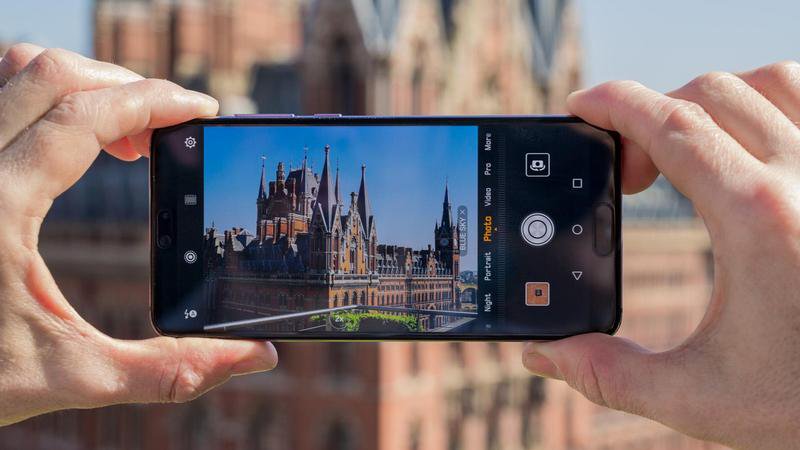Assalamualaikum wr.wb.
Hello everyone, my name is Muhammad Thoriq Azzam. So today, im gonna explain about “How to improve your video quality with your own phone”
Shooting video on a phone isn’t the most intuitive experience. That’s because phones were designed as multipurpose devices, which also means they lack some important features, like a handgrip or optical zoom, which gets you closer to your subject without degrading image quality. (Instead, phones mostly use digital zoom, which often degrades image quality. So, avoid zooming in digitally. Instead, “zoom with your feet” or simply walk closer to your subject, if you can.) Here are several tips for getting better results.
1. Orientation: Be sure to orient your phone horizontally. “When I’m watching the news and there’s footage from a bystander that’s in portrait mode,” says Mr. Nachtrieb, “that’s an immediate signal that it’s an amateur video.” He says that while Instagram and Snapchat seem to be “aiding and abetting” users to create more portrait- or vertically-oriented footage, it’s best to avoid it.
2 Avoid Back Lighting: “Avoid having a window or light source behind your subject, since he or she will look silhouetted,” says Mr. Nachtrieb. Instead, have the light source more to the side of you or behind you.
3. Use both hands: “Always have two hands on the phone,” says Mr. Nachtrieb. “It may seem rudimentary, but it makes a big difference. Phone lenses generally have optical image stabilization built in, so they’re pretty stable already. But using two hands produces even steadier footage.” It also avoids what he calls the Jell-O effect. “If you’re moving the camera around too quickly, it can have a wavy quality to it.” Using two hands lessens the chance of creating this effect.
4. Lock Focus and Exposure: Mr. Nachtrieb suggests tapping on your phone’s LCD (on the point you want to focus on), which will lock focus on Google Android devices, or holding your finger in place, which locks focus on the Apple iPhone.“In low light, your phone’s camera will hunt for focus.” That makes it look less professional. Most phones let you also lock or manually adjust the exposure, too.
5. Improve Your Audio, Too: Most video pros say good quality audio is essential for powerful video. The good news is that the microphones on smartphones have improved in recent years. What’s more is that audio accessories, such as Bluetooth microphones, can make the audio in your video projects sound outstanding (which we’ll get to in a moment).
6. Try Slow Mo and Time Lapse Effects: Many smartphones come with some powerful video features, including modes that appear to slow down or speed up time, which are more commonly known as slow motion and time lapse. The former captures video at an accelerated frame rate; when played back at normal speed, action in the video appears much slower than real time. With time lapse, a lower frame rate is used. When it’s played back at normal speed, action moves much faster than in real time. Both can produce compelling video.
Thank you for listening to my podcast, I hope you are fine out there, take care of your condition and also stay at home due to corona virus. So I think that’s all for my podcast, today I hope you understand and also you can learn something after listening to my podcast. Don’t give up easily to learn it because I’m sure you can do it. That’s enough for today, I am Muhammad Thoriq Azzam, sign out.
Wassalamualaikum wr.wb
Source : https://www.nytimes.com/2018/04/17/smarter-living/beginners-guide-phone-video.html










Recent Comments